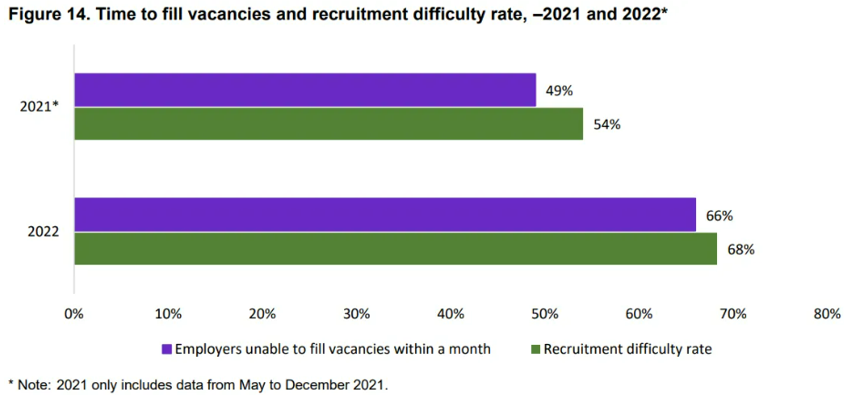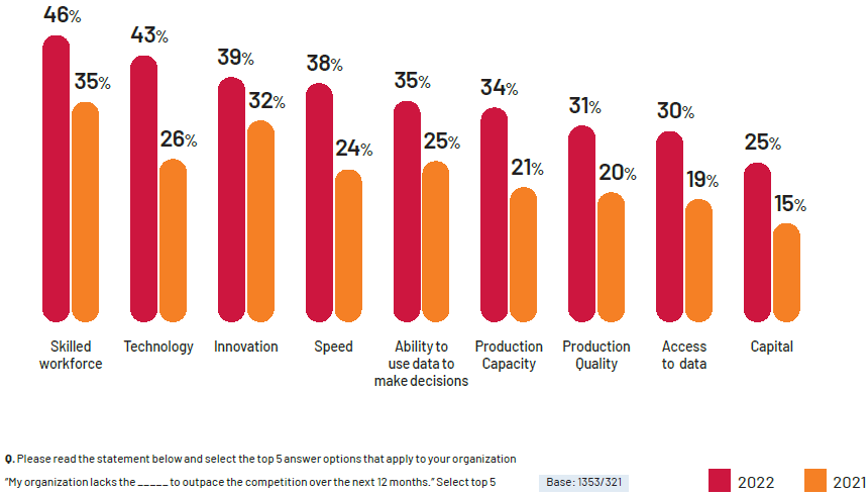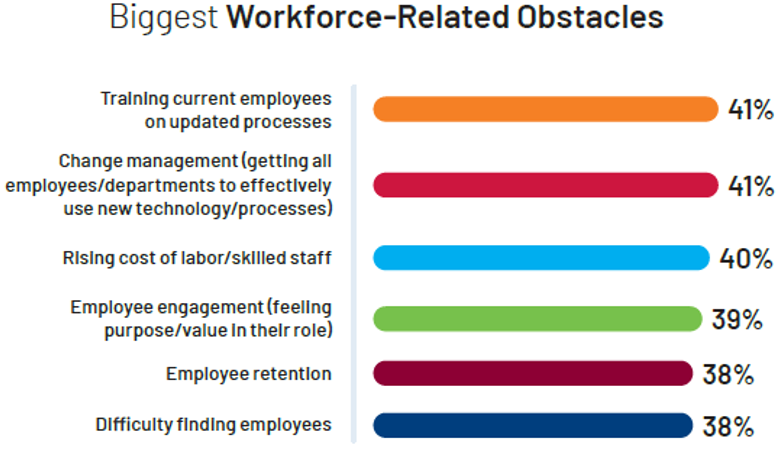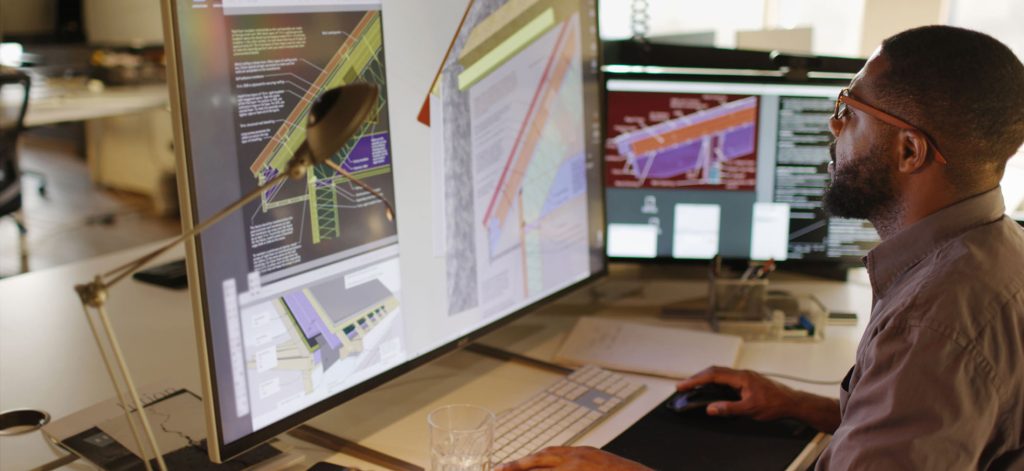Understanding manufacturing’s greatest talent challenges over the coming years
After the National Reconstruction Fund (NRF) Corporation Bill was passed by the Senate last month, Australia’s manufacturing industry is closer to receiving billions of dollars in funding to boost its onshore capabilities. The NRF will fund projects that help create well-paid and secure jobs, drive regional development and invest in our capabilities to create high-quality…
After the National Reconstruction Fund (NRF) Corporation Bill was passed by the Senate last month, Australia’s manufacturing industry is closer to receiving billions of dollars in funding to boost its onshore capabilities.
The NRF will fund projects that help create well-paid and secure jobs, drive regional development and invest in our capabilities to create high-quality products in Australia.
As the government funnels billions of dollars into the industry, the greatest opportunity for manufacturers lies in their talent strategies.
Recruitment difficulty calls for improved talent sourcing strategies
According to Jobs and Skills Australia’s most recent Recruitment Insights Report, 55% of employers in Australia are currently recruiting. This recruitment activity, the extremely low unemployment rate of 3.5% and candidate shortages are throwing curve balls at 64% of recruiting employers who’ve expressed they’re experiencing recruitment difficulty in March 2023.
Historically, recruitment difficulty correlates with time to fill, with 66% of employers unable to fill vacancies within one month while average recruitment difficulty was 68% in 2022. This correlation was also reflected in 2021 data.

Rockwell Automation, an industrial automation and information technology solutions provider, recently surveyed industry leaders across the globe to better understand the state of the industry.
Their annual report states that 46% of manufacturing leaders believed that they lacked the skilled workforce required to outpace their competition over the next 12 months. This is an 11% increase from the previous year.

The fact that a large proportion of manufacturing leaders are thinking about their workforce should ring alarm bells for those who are not currently adjusting their talent strategy and making it a priority.
Soft skills are a priority while technical skills are harder to find
In Australia, the need for talent is reflected in the recent Recruitment Insights Report which states that recruitment difficulty for the manufacturing industry is currently above average at 67%.
The report also stated that recruitment difficulty was higher for higher skilled roles (ANZSCO Skill Level 1-3) at 72%, an increase of 7% since February 2023.
While skilled roles may be a harder to find, Rockwell Automation has found that manufacturers are in fact prioritising soft skills in their search for talent.
Their report states that while smart manufacturing is streamlining tasks, it is increasing the need for departments to work together collaboratively. The evolving landscape has led most manufacturers to agree that great communication and teamwork are non-negotiable skills in prospective employees.
Great opportunities lie in training employees
The goal of the NRF is to create high skilled, well paying and secure roles for Australians. As these jobs are created, manufacturers may look to hire employees that possess particular technical skills. While it may be easier to hire someone you don’t need to train too much, it will be even harder to find skills that are highly sought after by your competitors.
Of course, with tight deadlines and constant changes in processes it’s not easy to train employees to the standards that are required to complete certain tasks. Rockwell Automation’s report found that the top workforce-related obstacles related to training and ensuring all employees understand and use new technology and processes.

Training, however, can pay off tremendously, especially as new technology is being introduced. As more companies take on smart manufacturing, roles that are made redundant will leave many looking for new jobs. Companies that choose to train those employees to transition into roles that are compatible with new technology could save on hiring costs, increase retention and employee engagement.
Solutions for effective training and process compliance
Recognising these challenges and developing strategies to address them will ensure employees are properly trained and prepared for their roles. For training to be effective, employers need to tailor training to the specific needs of their employees and manufacturing processes.
Creative solutions should be sought after to overcome common training challenges and ensure training is implemented. These may include shorter training sessions, using visuals and hands-on training techniques, and providing incentives to encourage employees to adopt new technologies and processes. Shorter training sessions can help to address lack of time for training. Using visuals and providing incentives can make employees more engaged in training.
Typically, ensuring all employees understand and follow all processes comes with its own challenges. Processes can often be too complex, there might be language barriers, employees might be resistant to change, or there might be lack of clarity when being trained.
Despite the challenges, employers need to help their employees gain confidence in using new technology and following new processes or risk increasing turnover as employees leave from being confused about their roles. Some solutions could include assigning dedicated trainers and providing ongoing support, both of which are great ways to encourage an environment and culture for learning.
For more talent management advice, speak to our specialised manufacturing consultants by filling the form on this page.








